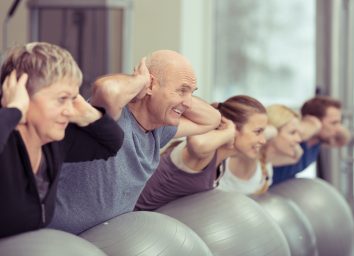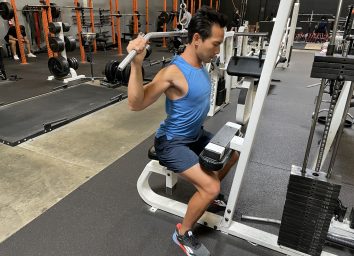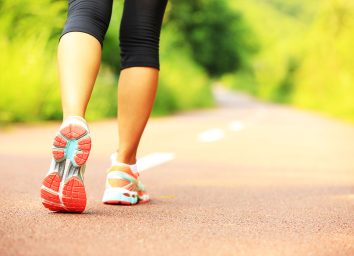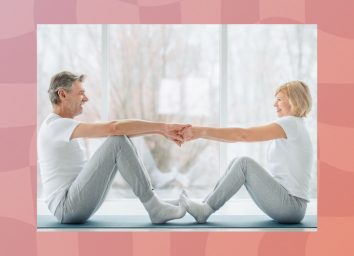The Worst Exercises You Can Possibly Do After Menopause, Say Experts

Exercise is one of the most effective tools for looking after your mental and physical health at all stages of life—including menopause. The life phase (which kicks in around age 51 for most women) can affect bone density, mood, stress levels, sleep patterns, and more. Thankfully, certain workouts like walking, swimming, and yoga can be used to address or mitigate those changes. But are there any workouts that you shouldn't do after menopause?
"For me, there's no [universal] worst exercise if you're menopausal," says Isaac Robertson, a CISSN and ISSA certified fitness trainer and founder of Total Shape. Everyone's body and fitness ability is different, making one person's dream workout another person's nightmare.
Instead, Robertson says people should focus on tailoring their exercise routine to their unique needs and ailments. For example, if you're one of many menopausal women with osteoporosis, he says you should avoid super rigorous exercises and be aware of your surroundings to avoid falls or injury. "The bottom line is that you must learn to listen to your body and recognize when it is time to stop," he says.
That said, there are some workouts and moves that experts generally recommend most people with menopause avoid. If these are your favorite moves and you feel good doing them, go forth. But if you're new to exercising or looking for some tailored recommendations, these workouts are (generally) not it. Keep reading to learn more about the worst exercises for menopause. And for more intel, don't forget to check out Secret Tricks for Getting a Lean Body After 50, Say Experts.
HIIT
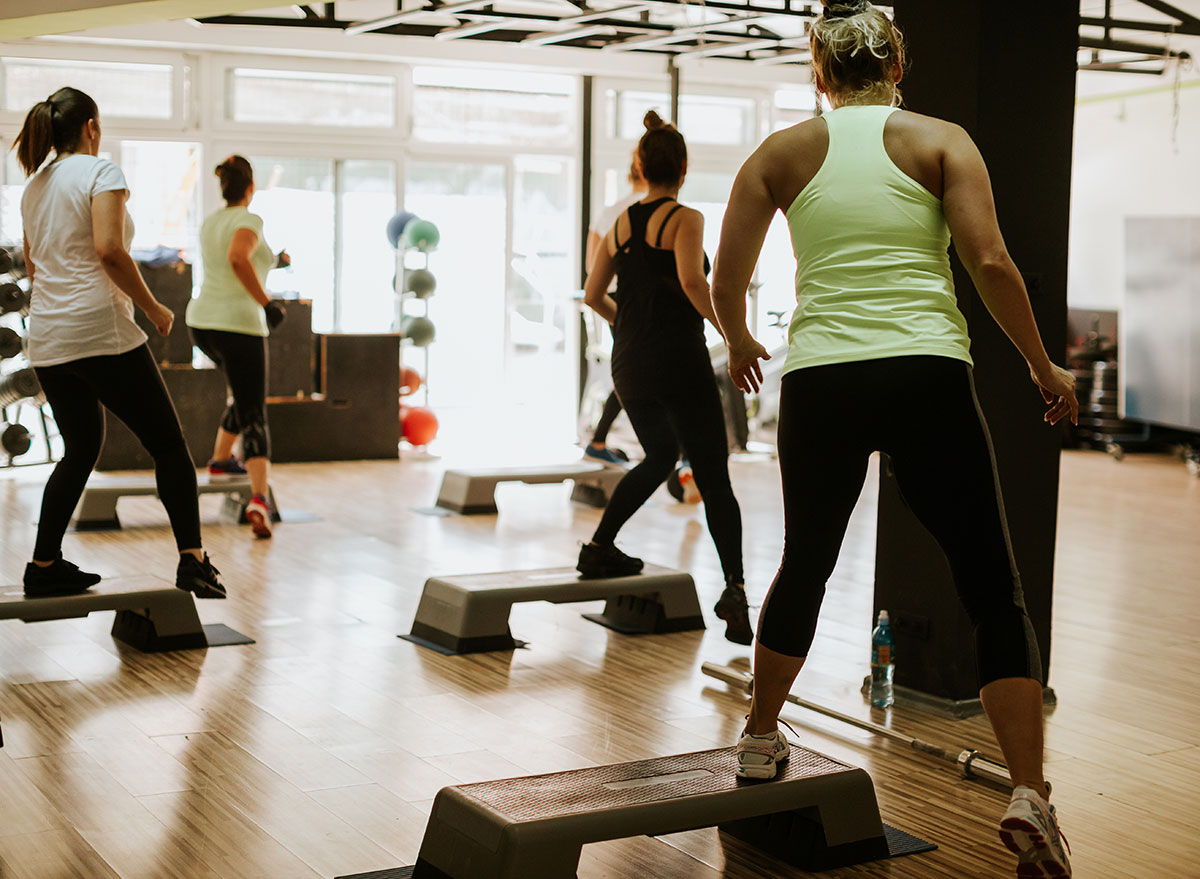
If you have osteoporosis, arthritis, or are just generally struggling with joint issues, you should avoid high-intensity interval training (aka HIIT). "HIIT workouts tend to be very jarring and can actually contribute to the weakening of our muscles and bones, which can lead to osteoporosis," says Tami Smith, an ACE-certified trainer and owner of Fit Healthy Momma. If you still enjoy this workout (and have your doctor or trainer's OK), go for it. But for many menopausal women, HIIT isn't the best way to workout. Instead, opt for lower-intensity cardio (like walking or jogging) and resistance training or gentle weight lifting. Want more workout tips? Check out: Over 60? Here's a Red Flag You Need to Exercise.
Hot yoga
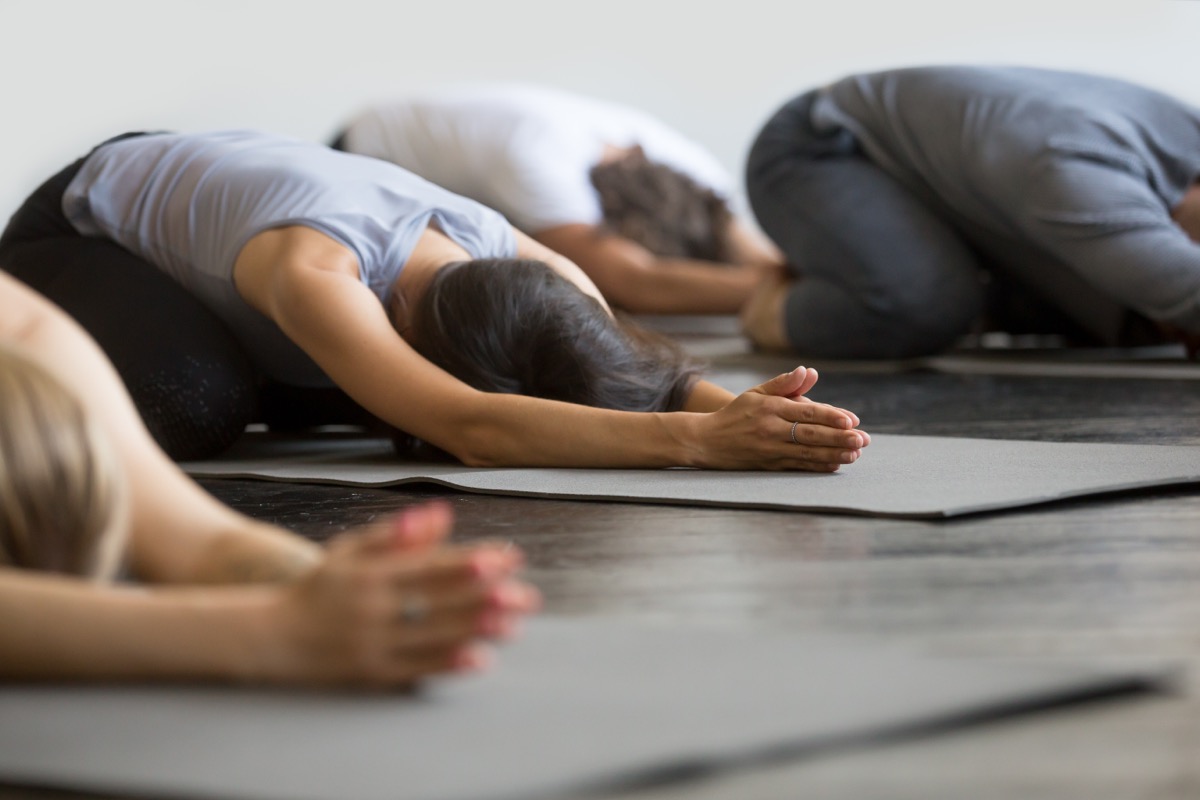
Hot flashes are an almost universal menopause experience. Many women during and after menopause struggle with overheating, says Jeanette DePatie, an ACE-certified fitness instructor and senior exercise specialist. "This is probably not the best time to start a hot yoga class," she says. Regular yoga (in an air-conditioned room or studio, ideally!) is a better bet. (DePatie also recommends wearing layered, breathable clothing during every workout.)
Sit-ups and toe touches
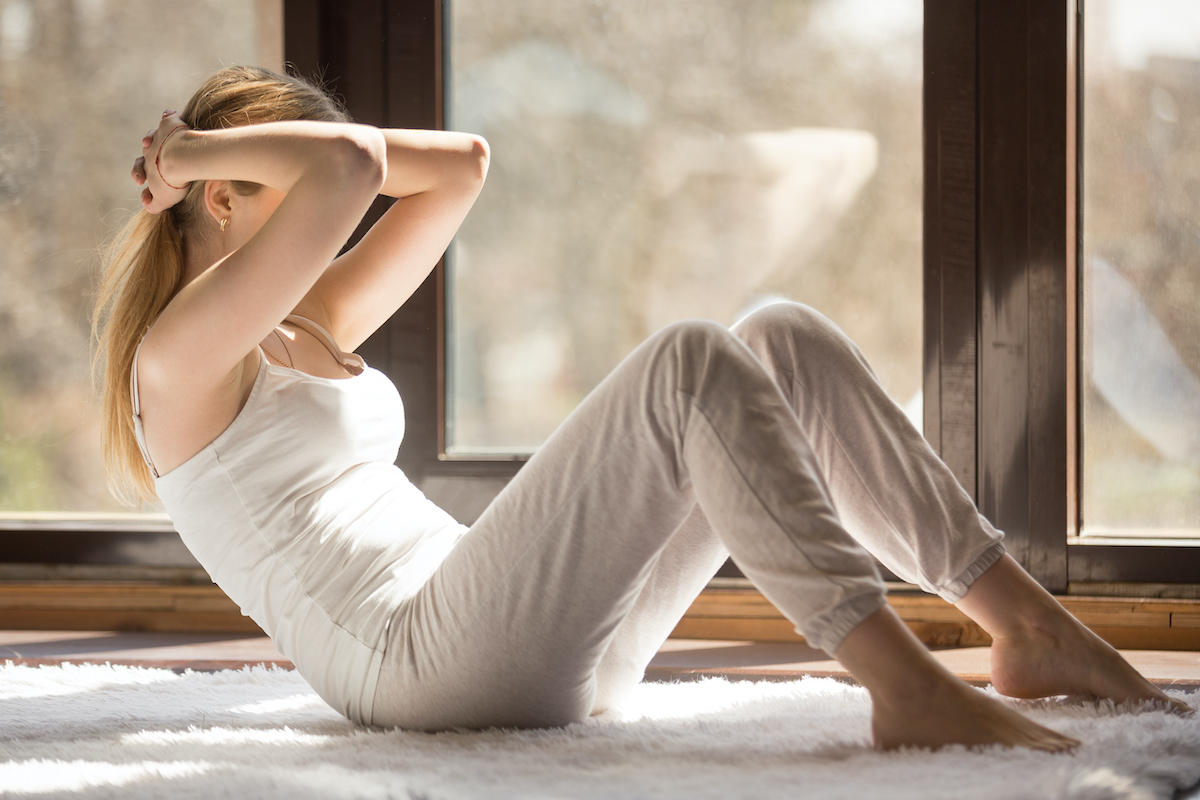
Sit-ups and toe touches are classic moves that are designed to work your abs. But multiple trainers do not recommend them for menopausal women. "These two exercises increase the load placed on the spine," says Hannah Shine, a certified personal trainer and health manager at HourGlass Waist. Robertson agrees, saying these moves risk stressing and damaging your spine (which is already more delicate thanks to menopause-related bone loss).
Late-night workouts
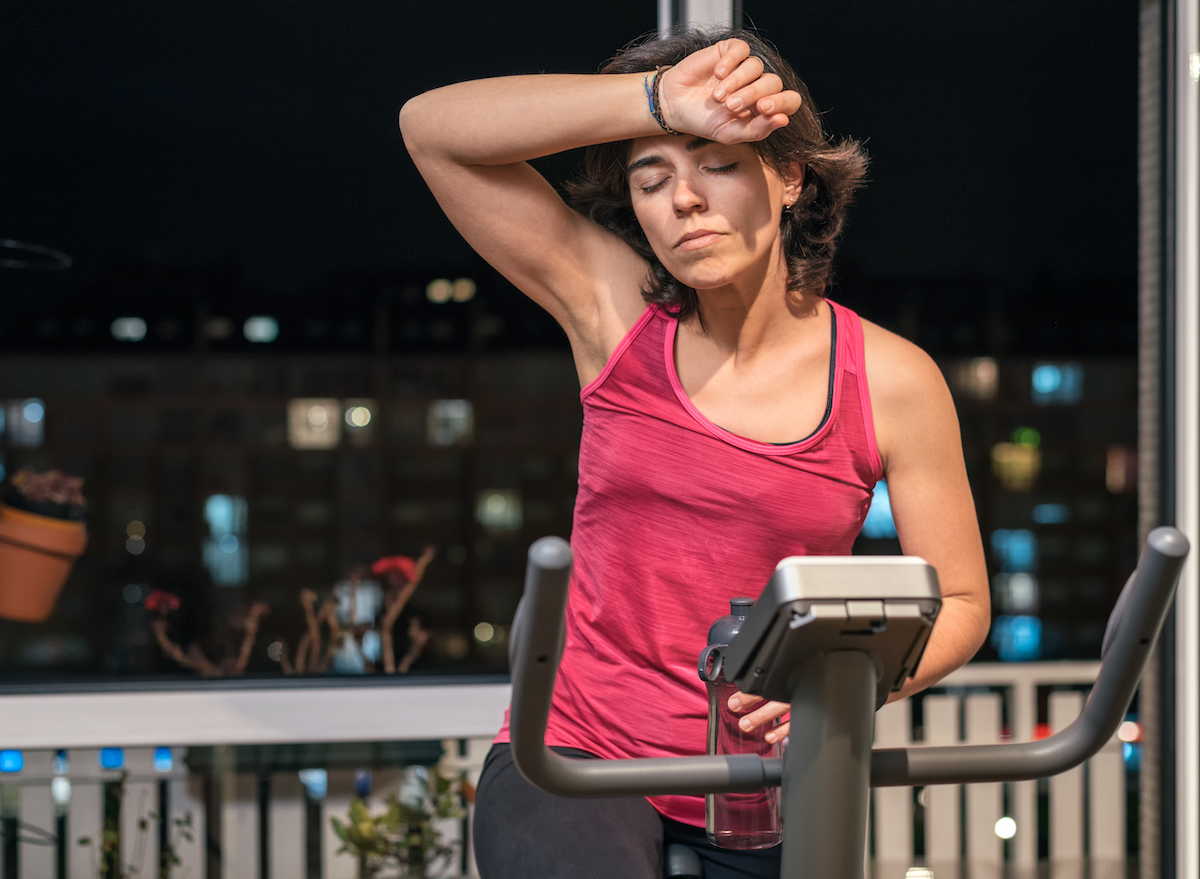
This isn't a universal tip but definitely something for people who struggle to sleep thanks to menopause symptoms. "Women should take care to exercise earlier in the day if nighttime workouts make falling asleep more difficult," says DePatie. Indeed, intense exercise can stimulate cortisol (the stress hormone). If your cortisol levels are elevated later in the day (say, thanks to a strenuous evening workout), it might be harder to fall asleep. Instead, stick to working out in the morning or early afternoon as your schedule allows. Plus, there are all kinds of perks to working out in the a.m. Don't believe me? Check out the Secret Side Effects of Walking Before Breakfast, Says Science.
